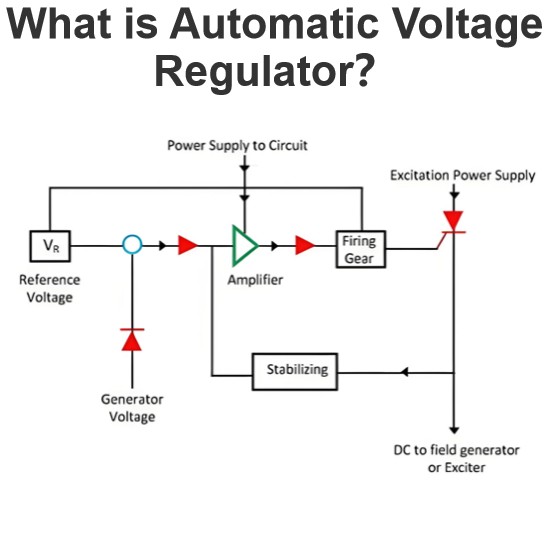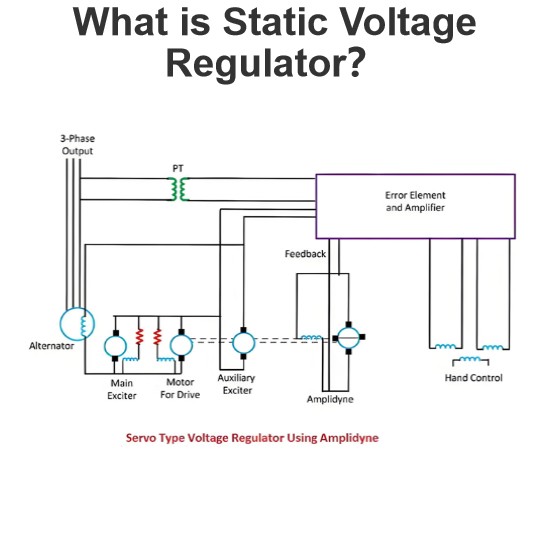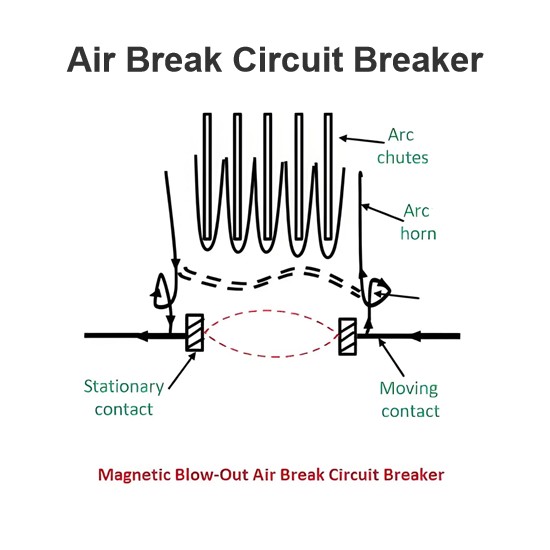Electronic Voltmeter
Definition and Working of Electronic Voltmeter
Definition: An electronic voltmeter is a type of voltmeter that employs an amplifier to enhance its sensitivity. It is a versatile instrument designed for measuring voltages in both alternating current (AC) and direct current (DC) devices. Thanks to its high input resistance, the electronic voltmeter can provide accurate voltage readings, making it a preferred choice in various electrical and electronic applications.
Traditional moving - coil voltmeters often struggle to detect low - voltage signals. The electronic voltmeter effectively overcomes this limitation. Its high input impedance enables it to sense extremely weak electrical signals, thereby ensuring precise measurements. High impedance implies that the voltmeter presents significant opposition to the input supply, minimizing the loading effect on the circuit under test.
Electronic voltmeters can utilize either transistors or vacuum tubes as their active components. Transistor - type voltmeters (TVMs) typically exhibit high resistance characteristics, which render them unsuitable for direct current measurement. On the other hand, vacuum - tube voltmeters (VVMs) have relatively lower resistance, making them more appropriate for certain current - measurement tasks in addition to voltage measurement.
Working of Electronic Voltmeter
The fundamental operation of an electronic voltmeter is based on the principle that the magnitude of the measured voltage is directly proportional to the deflection of the pointer on the instrument. The pointer is mounted on a calibrated scale, and the position to which it deflects precisely indicates the magnitude of the input voltage.
In contrast to moving - coil voltmeters, which draw a relatively large amount of power from the measured circuit, potentially leading to errors in readings due to circuit loading, electronic voltmeters address this issue effectively. Their high - impedance design ensures minimal power extraction from the circuit under test, thereby enabling accurate and reliable voltage measurements across a wide range of applications.

Electronic Voltmeter: Operation and Classification
In an electronic voltmeter, the pointer's deflection is powered by an auxiliary amplifier circuit. The output voltages of this amplifier closely mirror the voltage levels of the test circuit. Crucially, minimal additional power passes through the deflector mechanism. This design feature ensures that the meter can provide highly accurate readings, as it reduces the potential for errors caused by power - related interference or loading effects on the circuit being measured.
Types of Electronic Voltmeter
Electronic voltmeters can be broadly categorized into two distinct types:
Analog Electronic Voltmeter
An analog electronic voltmeter is characterized by its output being indicated through the deflection of a pointer on a calibrated scale. This type of voltage - measuring instrument boasts high circuit impedance, which minimizes its impact on the circuit under test. It employs an electronic amplifier to regulate and process the input signals effectively.
The analog electronic voltmeter can be further subdivided based on the type of voltage it measures:
AC Analog Electronic Voltmeter: Specifically designed to measure alternating current voltages, it accurately captures the fluctuating nature of AC signals and translates them into a corresponding pointer deflection on the scale.
DC Analog Electronic Voltmeter: Tailored for the measurement of direct current voltages, it provides a stable and reliable indication of constant - voltage levels, making it suitable for a wide range of DC - powered electrical systems and components.

Digital Electronic Voltmeter and Advantages of Electronic Voltmeters
Digital Electronic Voltmeter
A digital electronic voltmeter is a type of instrument that provides a digital output for the measured voltage, presenting the result in a numerical format. By eliminating the need for manual interpretation of a pointer on a scale, digital electronic instruments effectively reduce human - induced errors, particularly parallax errors. Since the readings are directly displayed as numbers, they offer greater precision and clarity, ensuring more accurate and consistent voltage measurements.
Advantages of Electronic Voltmeter
Electronic voltmeters offer several significant benefits that make them indispensable tools in electrical and electronic measurement:
Low - Level Signal Detection: Equipped with amplifiers, electronic voltmeters are designed to minimize load errors, enabling them to detect extremely weak electrical signals. These amplifiers are sensitive enough to identify signals that produce a current as low as approximately 50μA. The ability to detect such low - level signals is crucial for obtaining accurate and reliable measurements, especially in applications where the true value of a voltage might be obscured by noise or other interference. This sensitivity ensures that even the smallest voltage fluctuations can be accurately measured, providing valuable insights into the behavior of electrical circuits.
Low Power Consumption: Electronic voltmeters incorporate vacuum tubes or transistors, both of which possess amplifying properties. Instead of relying solely on the measured voltage for operation, they utilize an auxiliary power source to drive the pointer deflection mechanism. The magnitude of the measured voltage controls the deflection of the sensing element, reducing the power drawn from the circuit under test. As a result, the overall power consumption of the electronic voltmeter circuit remains extremely low. This energy - efficient design not only extends the lifespan of the instrument but also minimizes its impact on the circuit being measured, making it suitable for a wide range of applications, including those where power conservation is critical.
Broad Frequency Range: Thanks to the use of transistors, the operation of electronic voltmeters is not limited by a specific frequency range. These versatile instruments can accurately measure voltages across a wide spectrum, from very low frequencies to extremely high frequencies. This wide - ranging frequency capability allows electronic voltmeters to be used in diverse applications, such as in the analysis of power systems, signal processing circuits, and high - speed digital electronics. Whether measuring the slow - varying DC components or the rapidly oscillating AC signals, electronic voltmeters can provide reliable and precise voltage readings, making them an essential tool for engineers and technicians working in various fields of electronics.
It is important to note that electronic voltmeters can only measure power when the circuit is closed and current is flowing through the meter. This operational requirement highlights the need for proper circuit configuration and connectivity to obtain accurate power measurements using these instruments.
The Electricity Encyclopedia is dedicated to accelerating the dissemination and application of electricity knowledge and adding impetus to the development and innovation of the electricity industry.













